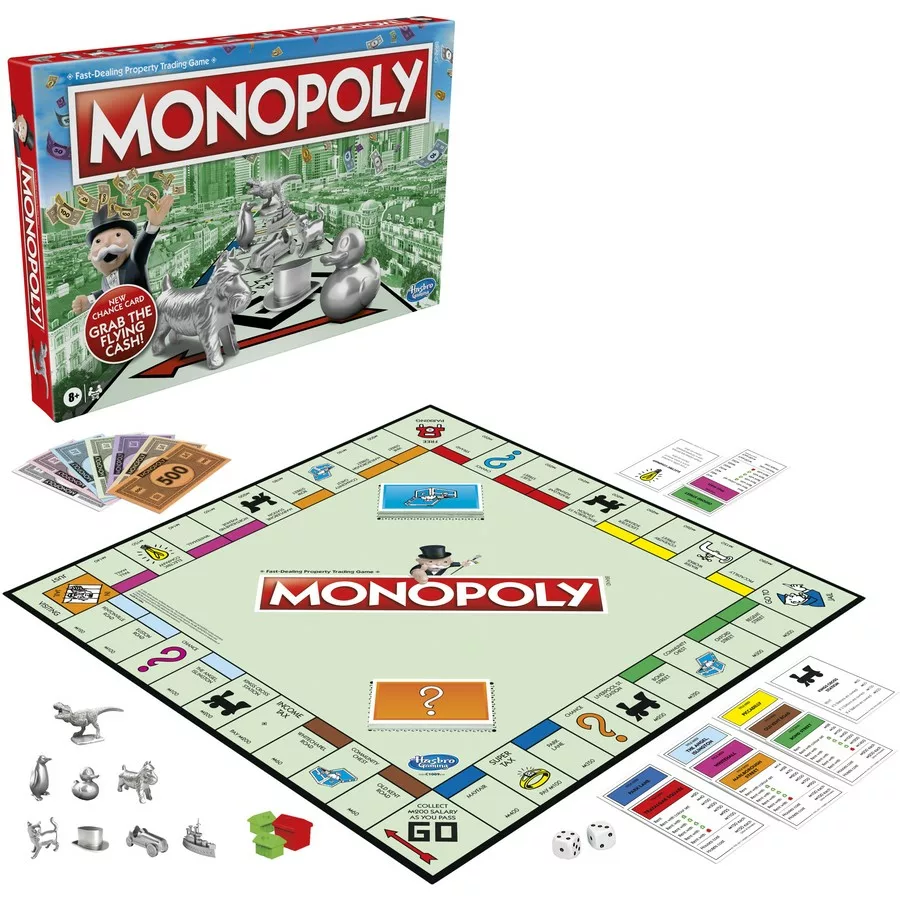Bored of teaching the same old maths lessons? Break up the routine and give your homeschool maths lessons an exciting twist with these five creative ideas. From numbers cubes to virtual tours, you’ll find something that will make your lessons fun and engaging for your students. In no time at all, you find your kids willing and able to conquer maths!
Creative Representations: Allow Kids To Express Their Understanding Of Numbers And Equations Through Writing, Artwork Or Music.
A great way to get kids engaged in mathematics is to go beyond the typical written formulas and equations and find creative ways to enhance and develop understanding. Let your student express their math knowledge through writing stories or journal entries, creating works of art using shapes and numbers, or writing musical pieces based on the rhythms of equations. Allow your student to experiment and explore their ideas without judgement – exploration and creation can take mathematics learning much deeper than traditional methods.

Creative Representations can help to expand a student’s understanding of mathematical concepts. Through art, music or writing, students can explore new perspectives and gain meaningful insights into equations and numbers. It is also an excellent way for them to practice both their artistic expression and their problem-solving skills, as they work out how best to develop and exhibit their newfound knowledge. Let your student explore their creative side when it comes to learning math – it might even make them more excited about maths than you expected!
Online Maths Platforms: Take Advantage Of Virtual Resources Like Online Maths Games, Tutorials And Group Activities For Kids.
Online maths platforms can provide an engaging way to learn and practice maths skills like the four operations (addition, subtraction, division and multiplication) as well as more advanced topics like algebra and trigonometry. They offer tools such as virtual calculators, interactive games and group activities which can help students gain a deeper understanding of mathematical principles without the use of complicated equipment or materials. These digital programs are time-sensitive and usually record results – similarly to their real-world counterparts – so you can use them to measure progress and keep your student on track with their studies.

With virtual maths workshops and activities, students can work collaboratively or alone in order to complete tasks such as solving equations. Online maths platforms often have interesting mindsets to let kids explore maths problems in new and creative ways. Many programs also offer tutorials which divide the process of solving a problem into multiple steps so that children don’t feel overwhelmed by the task ahead. As well as this, as mentioned – online maths platforms often monitor their user’s performance individually allowing them to identify their strengths and weaknesses better in order to progress at their own pace rather than trying to keep up with classmates or instructors. Most sites also provide virtual rewards for completing activities or goals which can keep students motivated, especially throughout the summer holidays, when extra work can feel like a drag.
Games: Make Learning Maths Fun By Incorporating Board Games That Include Numbers And Simple Equations.
Board games such as Monopoly or Snakes and Ladders are great tools to introduce concepts such as budgeting, probability, inequalities and problem-solving. As your students progress in their maths skills, more complex board games will present additional challenges to develop a deeper understanding of mathematics. Incorporating these types of game-based learning methods into your homeschool lessons can help make maths appealing and enjoyable.

For younger learners, simplified versions of popular board games can be played. These versions will contain the same concepts, with fewer rules and an easier difficulty level. For younger kids, playing games like “Chutes and Ladders” (for our US audience!) allows for the introduction of basic counting and problem-solving skills. Higher-level targeted maths topics of probability and inequalities can also be taught through classic card games such as War or Crazy Eights. Each player’s turn will involve basic arithmetic to add up their hand of cards in order to determine a winner. Have a Google to find the best maths games – both online and offline – to see which ones are most suitable for your children. With simple variations on these types of classic games, your students will learn key maths skills while having a fun time playing them!
Number Cubes: Create A Hands-On Math Lesson Using Number Cubes Or Dominoes.
The most simple and easy games to incorporate into daily study sessions are number cubes and dominoes. These are a great way to introduce your students to all sorts of math concepts. Whether it’s addition, subtraction, multiplication or division, create a fun hands-on lesson with these versatile tools. You can create math towers to show multiplication, line them up for addition and even use them for fractions. Have your students work together in teams or individually to come up with creative solutions to problems.

To make the lesson more engaging, you can use different colored cubes and put a math word like “sum” or “difference” on each cube to challenge your students. Make sure to explain how you want them to use the cubes before starting the activity and walk around during the lesson to help out when needed. As an added bonus, this activity works for any age group and is an excellent way for kids to practice their math skills in a way that feels more like play than learning.
Virtual Tours: Educational Field Trips Don’t Have To Be Physical – Explore Math-Related Places From Around The World Via Google Earth!
Exploring virtual places can be a really fun and engaging way to foster a deep understanding of mathematical principles. Try taking ‘virtual tours’ of math-related places from around the world, for example, international landmarks with powerful geometric shapes (such as the Parthenon in Athens, Stonehenge in the UK or The Great Pyramids of Giza in Egypt). By using Google Earth or another similar service, your student can discover how mathematical concepts are used in architecture and design, and even explore educational quizzes related to these places. Virtual tours can be a boon to both homeschoolers and parents – satisfying learning objectives, while providing quality entertainment – an important part of homeschooling!

Once you have chosen a place to explore, challenge your student to identify the mathematical shapes present within the structure. If your student is not familiar with some specific geometric shapes, use online resources, textbooks or a handy ruler to engage in a joint exploration. You can ask questions such as “What shapes are used in the columns?”, “How many sides has that structure? etc.” Explore further details about your newfound discoveries and discuss how, why and when structures were created and how they affect our lives today. Finally, to expand your math virtual tour experience even further; consider hunting for fun educational quizzes related to these places. From Mondrian’s Mitochondria painting quiz to Saracenic Architecture quizzes – there is an endless supply of mathematical exploration ideas out there!
At Online Super Tutors, we offer tutoring services for both adults and kids in a variety of subjects: Whether you’re looking to improve your grades, prepare for a standardized test, or simply want to learn something new, super tutoring can help. So why wait? Get in touch with us today and start your journey towards academic success!
Please see our Google reviews below as an example of what our clients feel about us:






